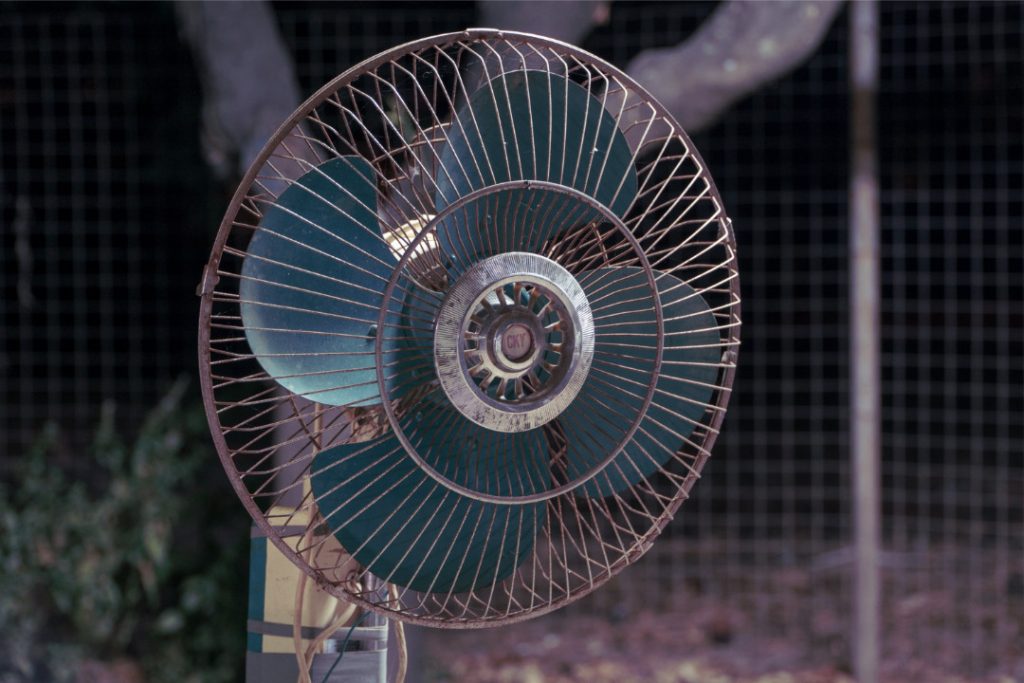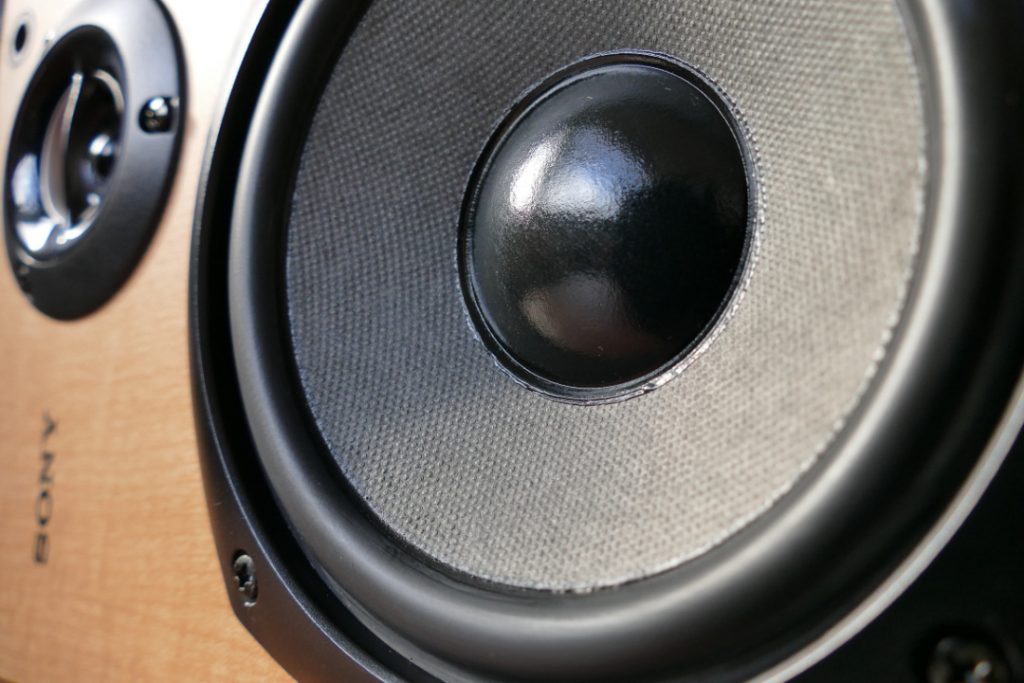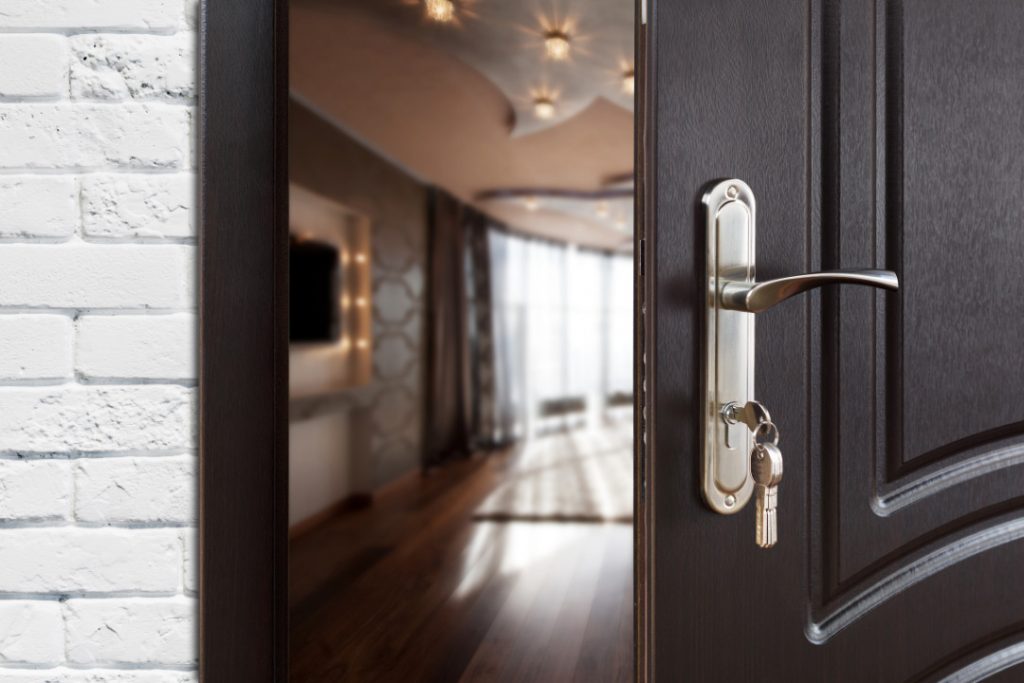- Why Are Room Fans so Noisy?
- Check if the Floor Under the Fan is Level
- Put Soundproofing Material Under the Fan
- Make Sure Your Fan is Clean
- Tighten Any Loose Screws or Bolts
- Make Sure the Blades are Aligned
- Change the Blade Foam Cushioning
- Check the Condition of the Fan Cage
- Oil the Fan Motor
- Change the Bearings of the Motor
- Conclusion and a Few More Tips
Have you ever had a standing fan and noticed how noisy it is? Maybe you have even tried to sleep with one on, only for the sound to keep you up all night. If so, this blog post is for you! I will share how to make a fan quieter and explain why a room fan is noisy in the first place.
Why Are Room Fans so Noisy?
Room fans can be noisy for a variety of reasons. One reason is how the fan blades are designed and fitted to the motor shafts. The design can lead vibrations to be amplified, which causes noise.
Another way a room fan makes noise is because they require some airflow over their vents for them to work correctly – this means that there will always be some noise level.
Room fans also make noise because they are usually placed in rooms with more hard surfaces than carpet, which means there is no natural sound absorption. This leads to the fan’s motor and moving parts being amplified by the lack of soft surface material absorbing this noise.
Lastly, how a room fan operates can determine how loud it will be. For example, if the fan is located in a room with more windows and doors (less sound insulation), it will be louder than one placed in a room with fewer openings.
All of these reasons can lead to how noisy your standing fan might seem when you use it at night or any other time! But don’t worry, I have 9 tips to make a room fan quieter!

Check if the Floor Under the Fan is Level
The first thing you could do is check how level the floor underneath your fan is. If it’s not level, that can cause noise because of the way air moves over a sloped surface and how this impacts how smoothly the blades spin.
You may have noticed that a standing room fan pivots on its base – if it is sitting on an uneven surface, this can cause the fan to wobble. This creates noise because how smoothly a fan spins directly impacts how quietly it operates.
If you want to get an idea of how level your floor is under your standing fan, use something like a carpenter’s spirit level if you have one handy – or just a glass of water. If you place the glass of water on the ground, you will notice how it sits at a slant, which will tell you how level the floor is.
Put Soundproofing Material Under the Fan
If your floor is uneven, it may be a good idea to use a soundproofing material under the base to sound-insulate the floor. This will help to reduce any rattling or vibration caused by an uneven surface, and soundproofing material is relatively affordable too!
The best soundproofing materials to use are sound deadening material, soundproof insulation, or a sound-absorbing mat. These are all relatively affordable – you can find soundproofing materials from Amazon!
If you have an off-cut of carpet somewhere, it may be enough to use as an alternative under the base instead.
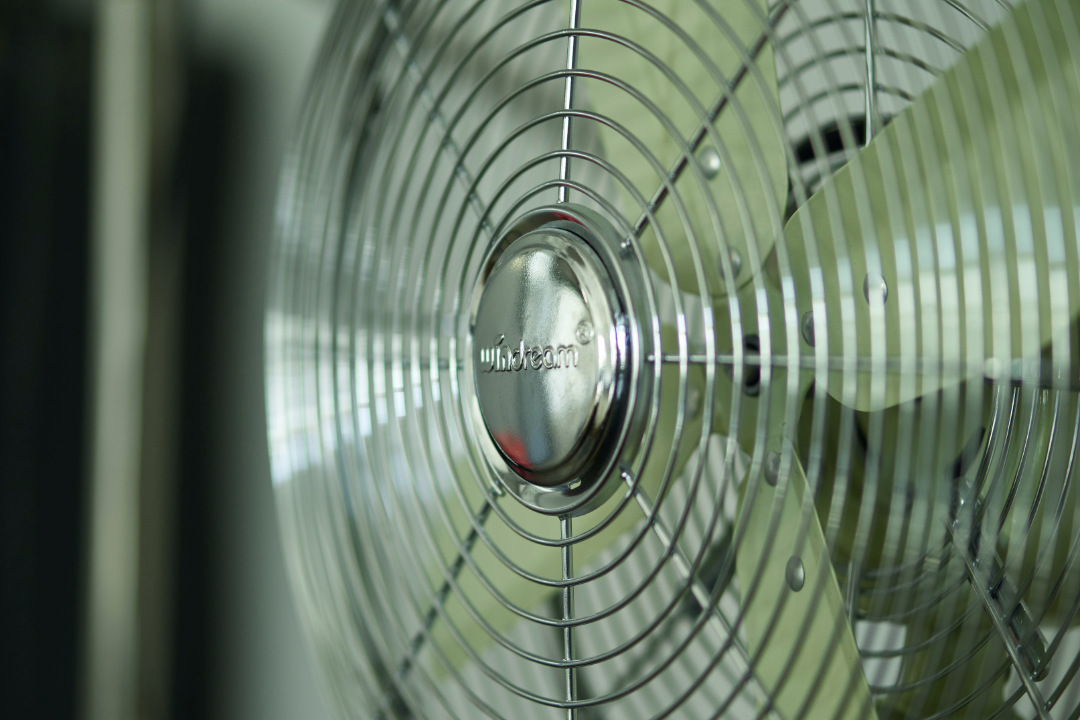
Make Sure Your Fan is Clean
Another thing you can do to make your fan quieter is clean it. Dirty fan blades caused by dust accumulation will lead to more noise because they create a lot of drag, making the fan motor work harder to operate at its regular speed – and this causes it to be louder.
Dirty blades also mean fewer air molecules are being pushed around by the fan, so it has to work harder. This can lead to the blades vibrating, which makes more noise. This can be avoided by increasing how often you clean your fan, ensuring it operates at its best level of quietness.
If you have a box fan or pedestal fan, cleaning the blades is super easy, just remove the grille or blade guards, and wipe the blades down with a damp cloth or fan duster. You can also use a vacuum cleaner to remove any built-up dirt.
All in all, cleaning your standing fan every few months is a good idea – this means that it won’t make as much noise.
Tighten Any Loose Screws or Bolts
After you clean your fan, you should also make sure that any loose bolts or screws are tightened. This will ensure how well the blades turn on your standing fan and how smoothly it operates.
If you have a pedestal fan, this might also mean checking how tightly the base has been secured. If it’s not secure, this can also lead to a noisy fan due to the vibration from loose bolts or screws.
If you have a box fan, then look for any loose screws that might be coming out of the grille – if they are, then you need to tighten them.
You should also check how tight your fan’s blades are. This can be done simply by removing the grille or blade guards and then checking how much the fan blades move when wiggling them.
If the blades are loose, the fan unit will not run as efficiently and make more noise. To tighten your fan’s blades, you will need to tighten the screws on the fan hub.
Once you have tightened any loose bolts or screws, then your fan will be much quieter – so make sure to tighten them up!
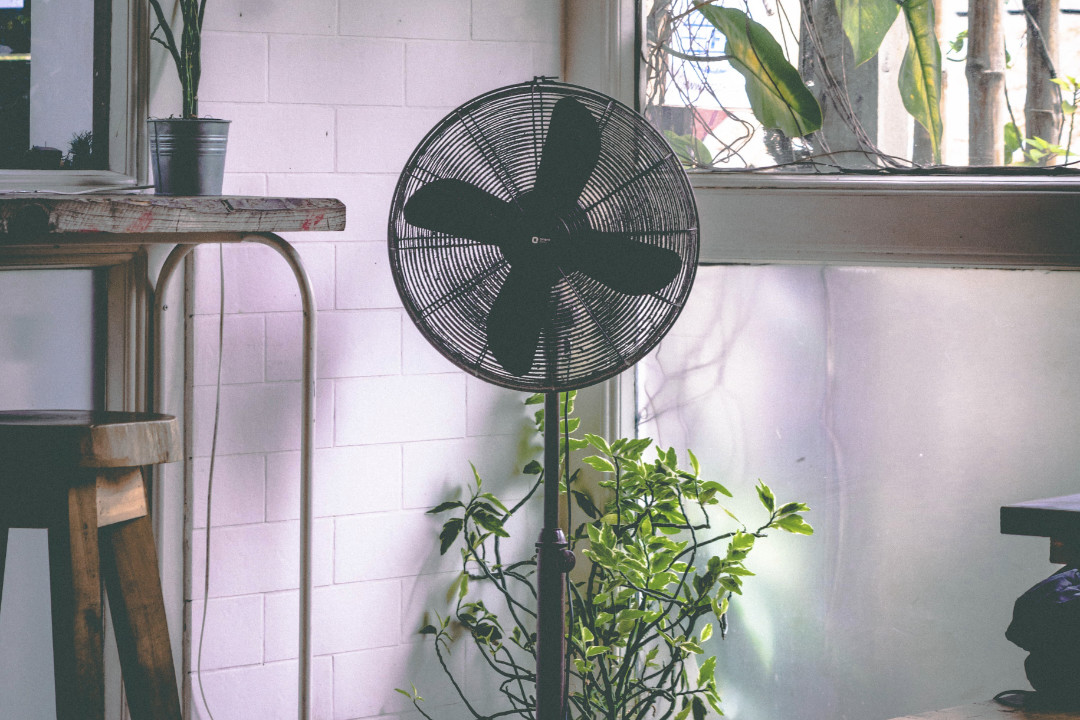
Make Sure the Blades are Aligned
After years of use and thousands of blade rotations, blades can become warped and out of alignment. This will lead to noise because when the blade is not aligned, it will catch more air particles than a properly aligned blade – which means your fan motor has to work harder (making more noise).
If you want to ensure that your blades are still in alignment, you should regularly clean them. Excess dust accumulation on the blades will add additional weight, causing them to warp over time.
If you have a pedestal stand, alignment is as easy as loosening the screws on the blade hub. Ensuring all blades are aligned in the same direction means they’re parallel to one another or perpendicular to each other, depending on how many blades you have.
If you have tightened all screws and the blades are still not aligned, you may need replacement blades.
Change the Blade Foam Cushioning
If your blades are still making sounds even after alignment, blade cushioning or padding might be to blame.
A soft material such as foam will help absorb vibrations and reduce the amount transferred out of the fan motor. This means less vibration leads to reduced noise made by the fan motor, creating a quieter standing fan.
To check the foam cushioning, you will need to remove the blades from your fan. If they look worn, then new foam padding is a must!
Replace the foam with new material and make sure that it’s securely fastened so it doesn’t move around too much when in use – which would cause more noise due to vibrations being transferred out of the motor.
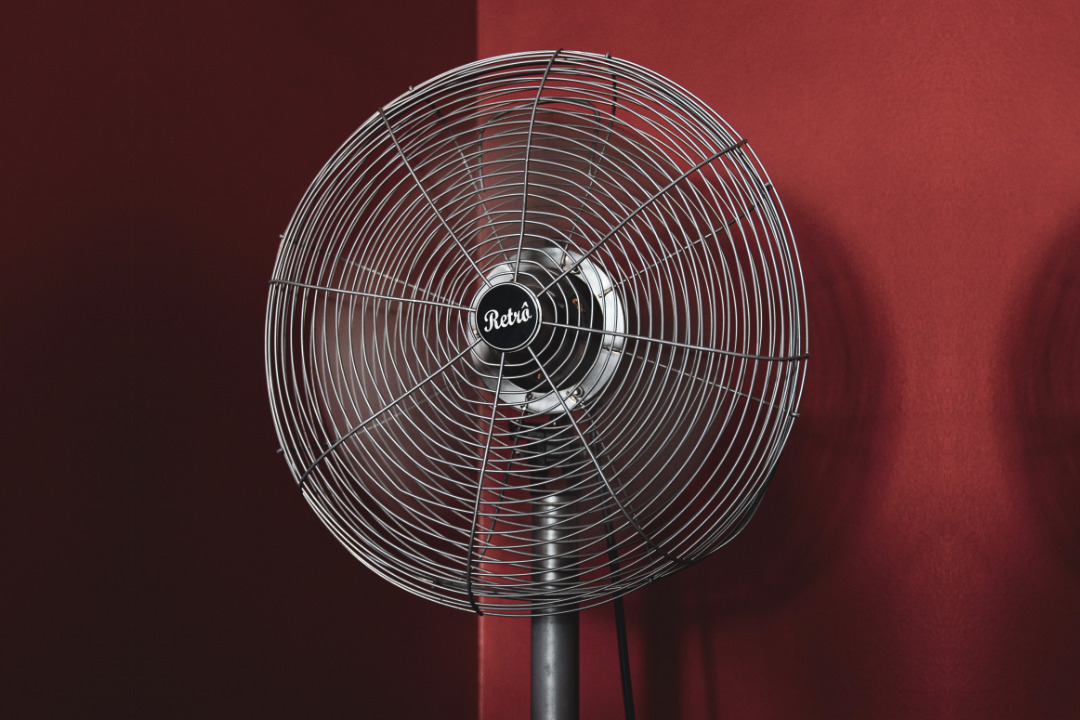
Check the Condition of the Fan Cage
Another common problem is the fan guard clips if they don’t fasten securely and are left loose. This will cause a noise problem.
The clips should be tight, and the fan cage shouldn’t wobble when you touch it.
To check the condition of your blade guard or grille, simply remove it and give it a gentle shake. If the clips are loose, then you should tighten them up or replace them with new ones.
If your blade grille is damaged in any way, then you will need to repair any out-of-shape parts by pushing out the dents or damage. This ensures that no additional noise will result from the blades rubbing against the grille.
Oil the Fan Motor
If you have checked through all the tips above and still get unwanted sounds from your fan, you may need to lubricate the motor.
All new fans come lubricated, but over time they may dry out. Oil will help fan motors run more smoothly, and in turn, produce less noise.
To oil your fan motor, you should insert a drip of lubricant into the fan’s bearing area. This ensures that the fan motors are correctly lubricated, which helps reduce friction – thus reducing noise!
After inserting one or two drops of oil onto the fan, you will need to run the fan for a few minutes at high speed before switching it off and unplugging. This helps spread the oil more evenly throughout the fan motors’ bearing area – which in turn lessens any noise from friction.
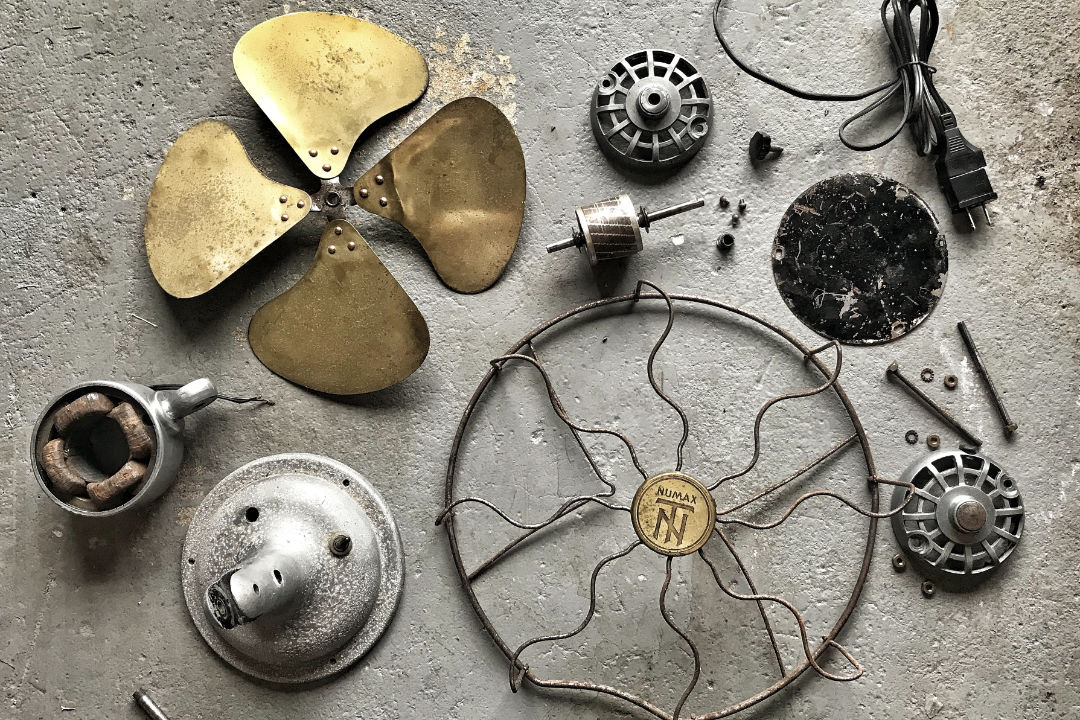
Change the Bearings of the Motor
As a last resort, if none of our other tips have worked, you could check the motor bearings.
Most motor bearings are sealed units, which means that they cannot be serviced or replaced in-house without professional help from a technician – so if this is your problem, then it’s time to call someone!
If the bearing needs replacing, one possible solution could be to change out the motor as well. Before you do this, it might be worthwhile to check out the latest prices of brand-new fans, as it may be more cost-effective to replace it with a new one.
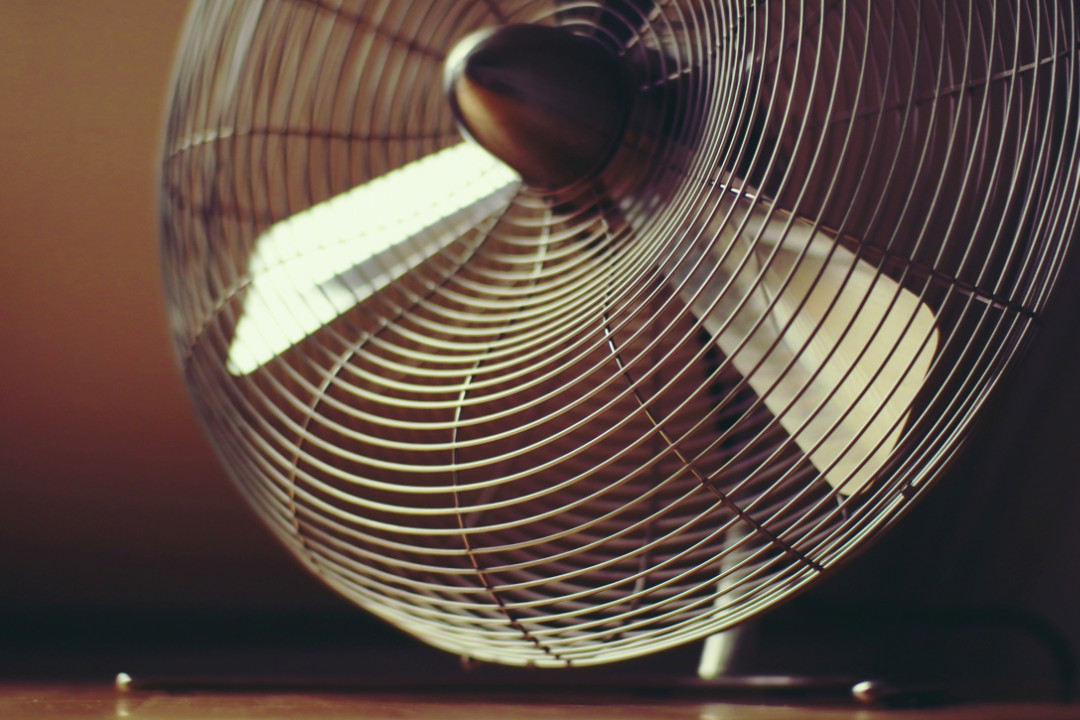
Conclusion and a Few More Tips
Stop Oscillating: When you stop using the oscillating feature, your fan will make less sound because there is one less moving part that can potentially cause noise.
Slow Down: Reduce the blade rotation speed. If your room is still hot after lowering the speed, turn it up while you’re out of the room and when entering back, lower it.
Finally, if you’re someone who prefers complete silence, there are plenty of new quiet fans to pick from. Dyson makes excellent bladeless fans, which keeps the noise reduced along with protection for small children’s prying fingers – some of them also have air purifying filters.
We hope these tips to make a room fan quieter will help you find a solution so that it can be used in the bedroom or other areas of your home without being disruptive.
How To Soundproof A Room For Drums?
How To Make A Room Soundproof From Outside Noise
how to make a room soundproof from outside noise. If you live in an apartment…
How To Quiet a Garage Door (6ways)
How To Soundproof A Laundry Room
If you’re like many people, your laundry room is in the basement. And if you’re…
How To Silence A Microwave: A Guide
We’ve all been there. You’re in the middle of microwaving something, and suddenly, you hear…
How To Soundproof Stairs
How to soundproof stairs. You may have heard “soundproofing” before, but what exactly is it?…

